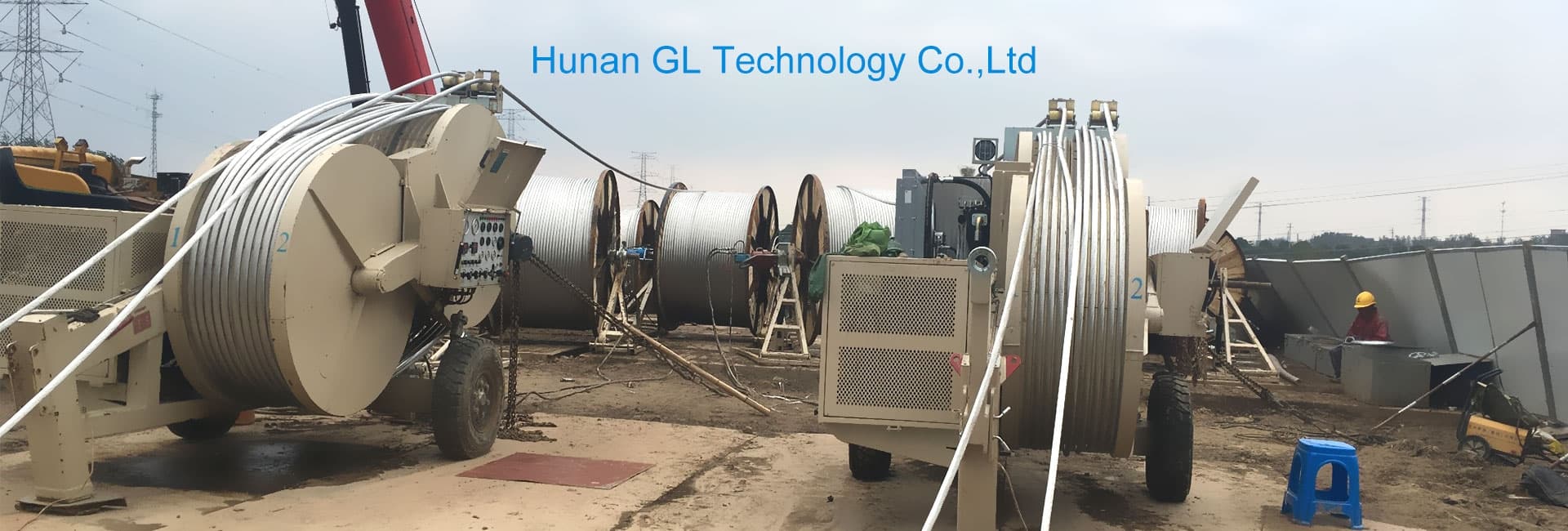
-
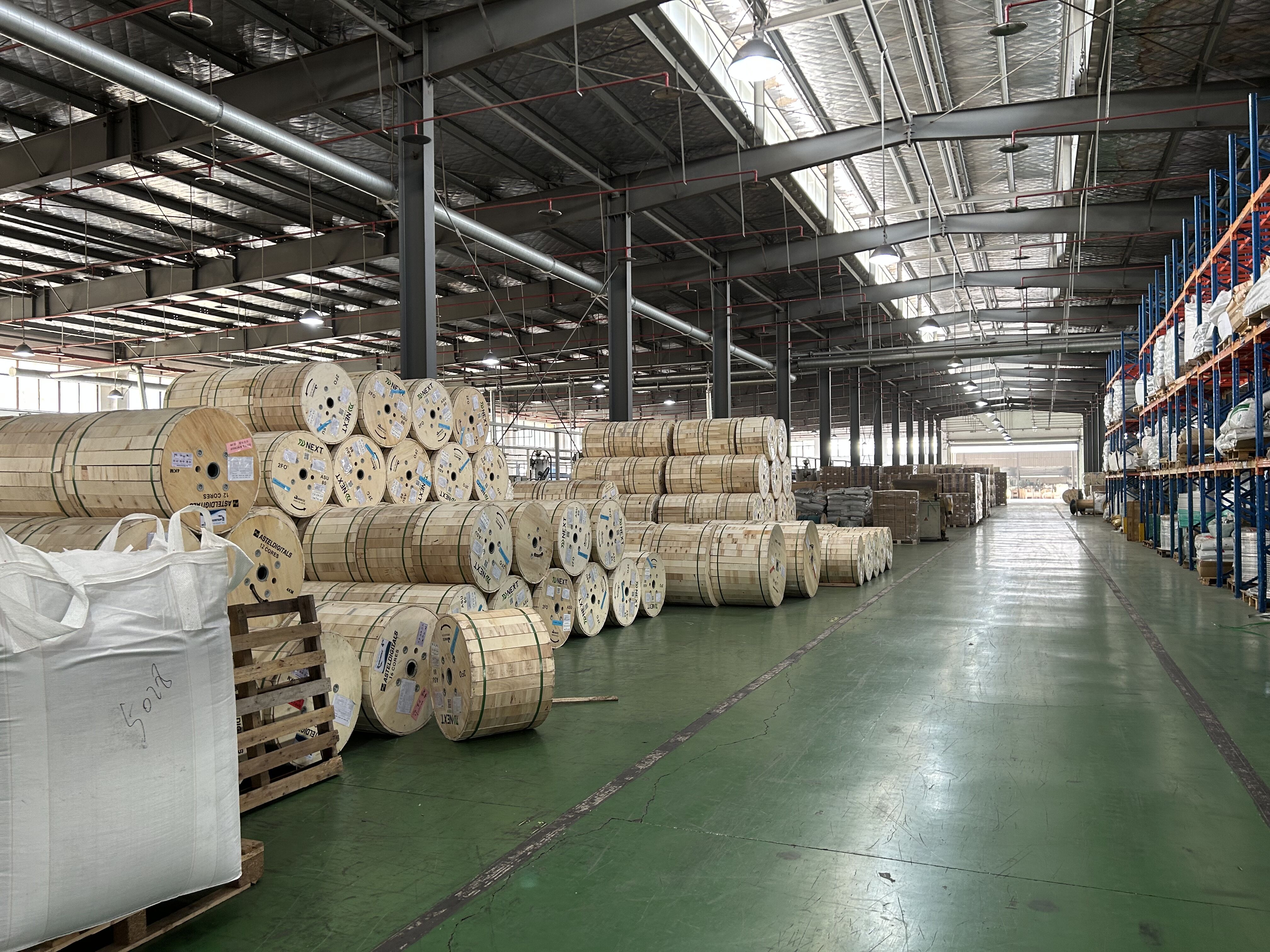
Direct Buried Fiber Optic Cable
What is Direct Buried Fiber Optic Cable? Direct buried fiber optic cable refers to a type of fiber optic cable that is designed to be installed directly underground without the need for an additional protective conduit or duct. It is commonly used for long-distance telecommunications networks, as...Read more -
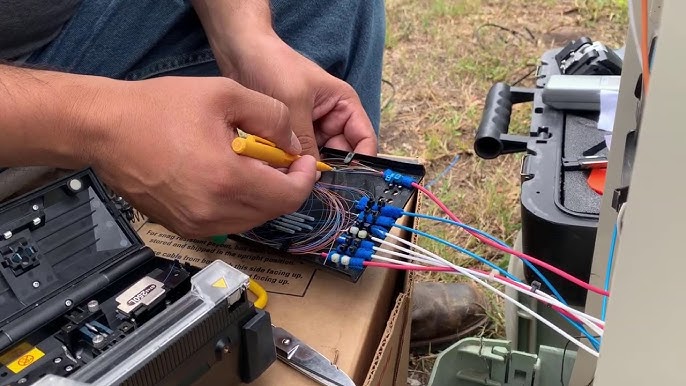
Operation and skills of optical fiber fusion splicing technology
Fiber splicing is mainly divided into four steps: stripping, cutting, melting, and protecting: Stripping: refers to the stripping of the optical fiber core in the optical cable, which includes the outer plastic layer, the middle steel wire, the inner plastic layer and the color paint layer on the...Read more -
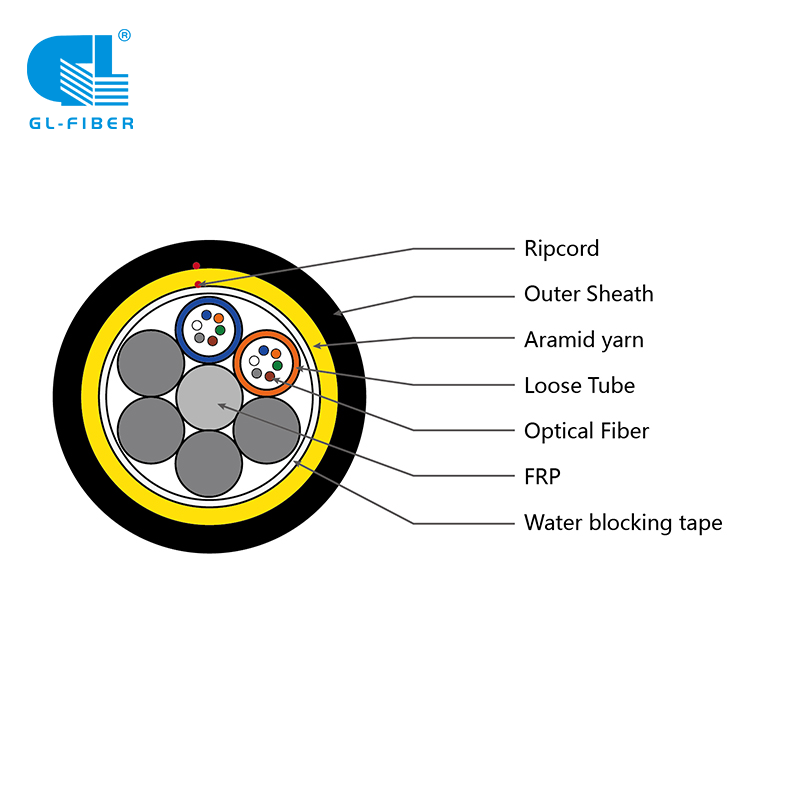
Competitive Market Drives Down Prices of 12 Core ADSS Cable
In recent developments, the telecommunications industry has witnessed a significant drop in the price of 12-core All-Dielectric Self-Supporting (ADSS) cables. This decline can be attributed to the growing competition among cable manufacturers and the rapid advancements in fiber optic technology. ...Read more -
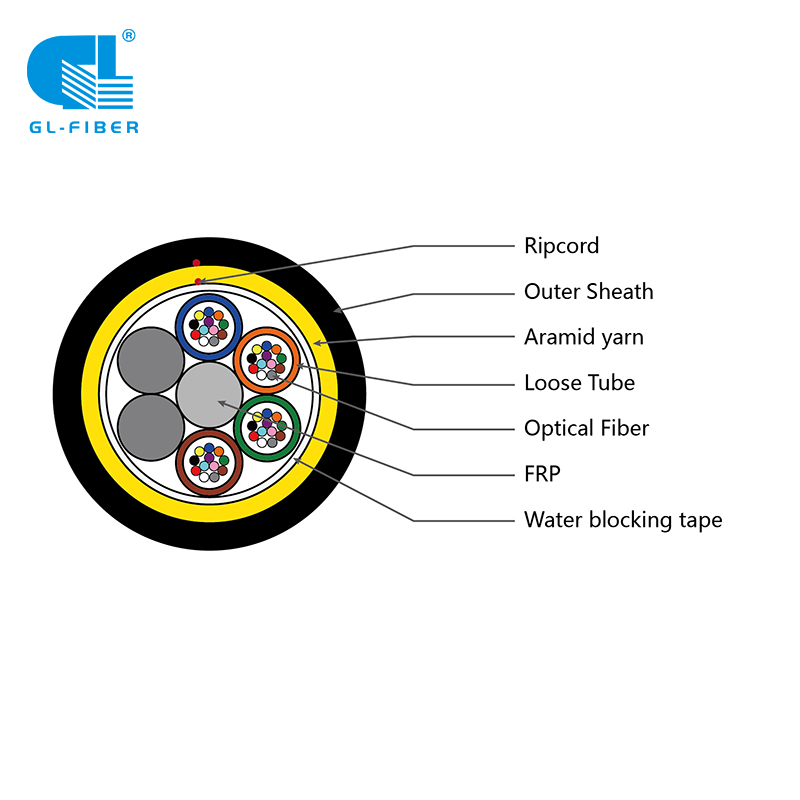
Application and Development Trend of ADSS Optical Fiber Cable in Power System
In recent years, the power industry has witnessed significant advancements in technology, enabling the efficient transmission of electricity across vast distances. One such innovation that has gained widespread attention is the Application and Development Trend of ADSS (All-Dielectric Self-Suppor...Read more -
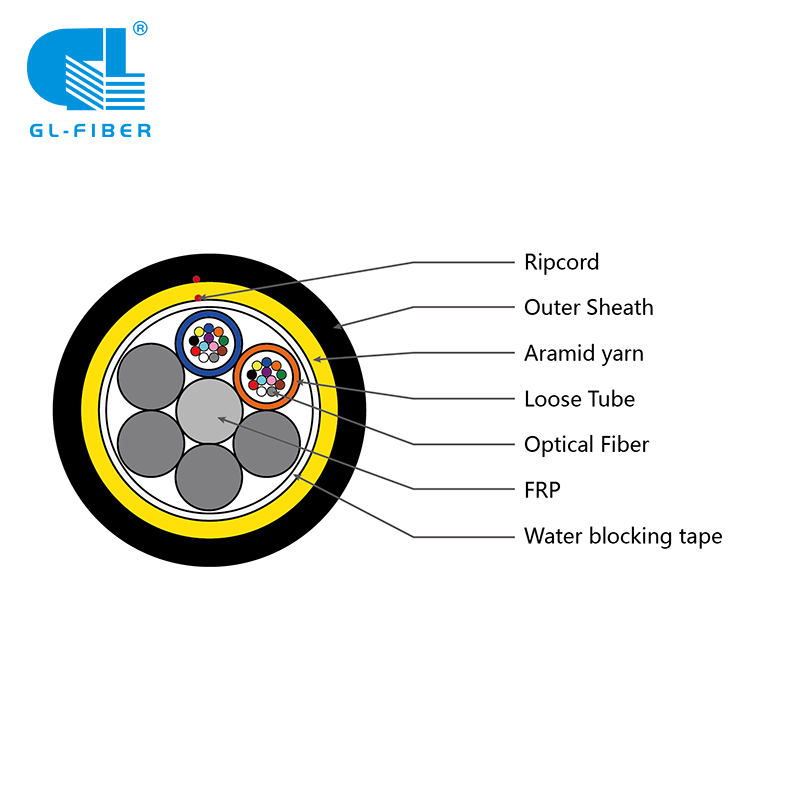
Experts Unveil Advanced Installation and Maintenance Technology for ADSS Fiber Cable
In a significant development for the telecommunications industry, experts have introduced a cutting-edge installation and maintenance technology specifically designed for ADSS (All-Dielectric Self-Supporting) fiber cables. This groundbreaking solution promises to revolutionize the deployment and ...Read more -
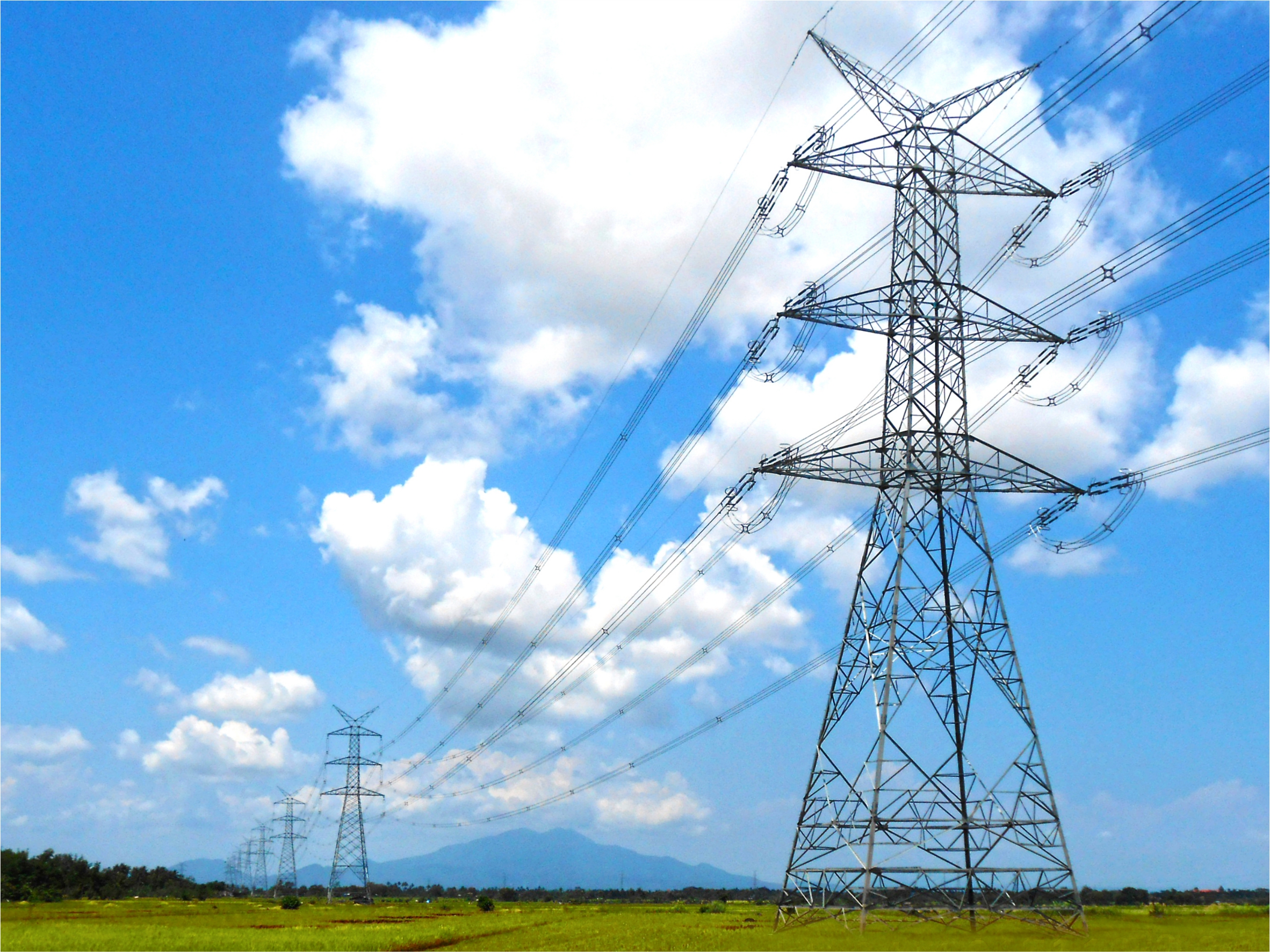
How to test and accept ADSS optical cable?
In the construction technology of ADSS optical cable erection, the test and acceptance of optical cable is a very important step. The purpose of this step is to detect whether the quality and performance of the optical cable meet the specified standards, so as to ensure the normal operation of th...Read more -
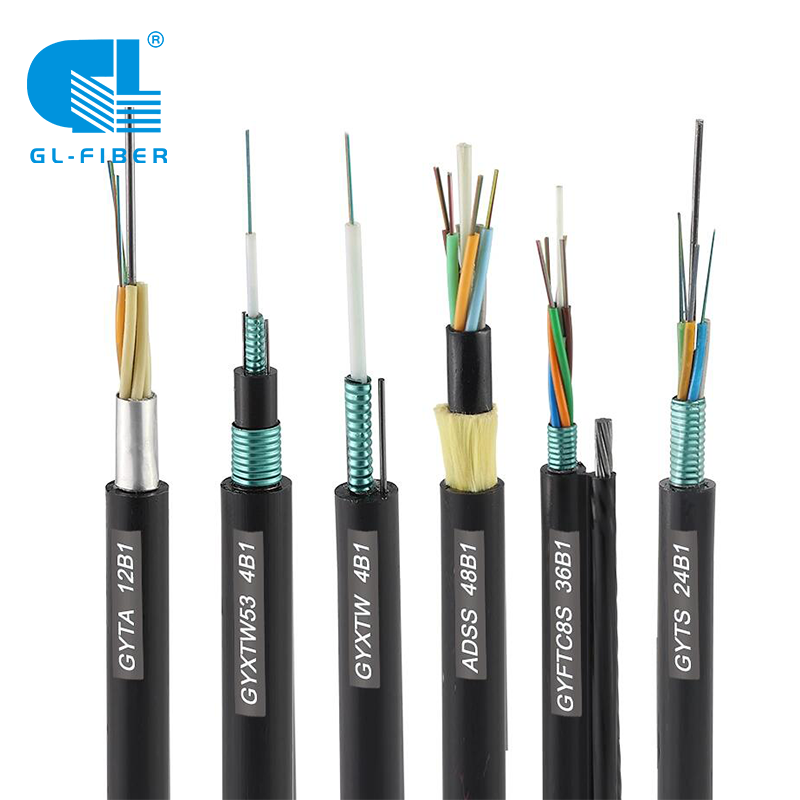
How to realize the efficient connection and access of communication optical cables?
Optical cable access technology is a key link to realize efficient connection and access of communication optical cables. It involves technologies and methods for effectively connecting and accessing communication optical cables to user equipment or network nodes. The development of optical cable...Read more -
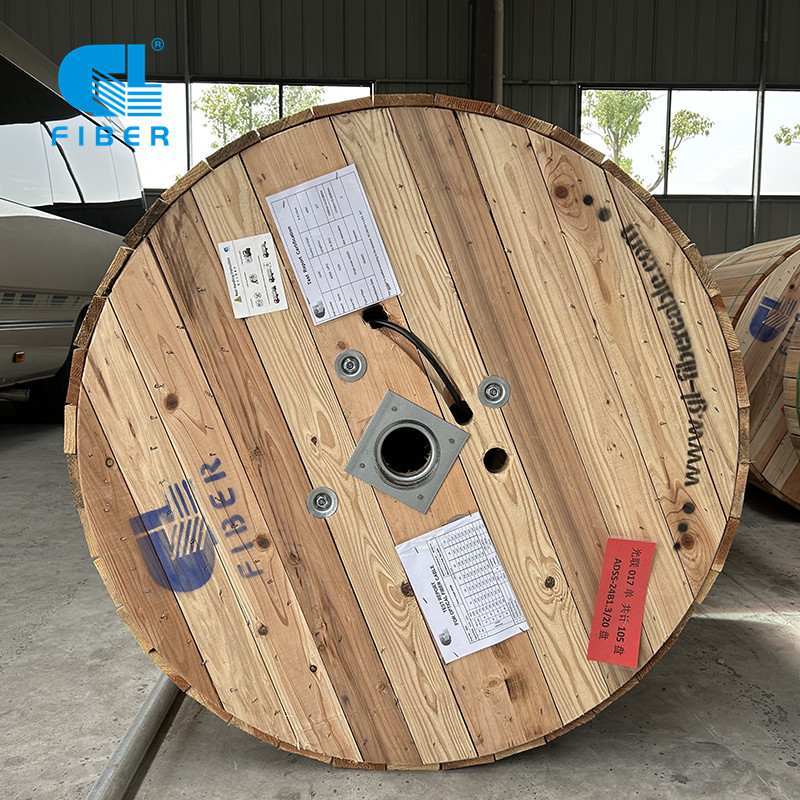
How to design and produce Right ADSS Cable?
All-dielectric self-supporting (ADSS) cable is a type of optical fiber cable that is strong enough to support itself between structures without using conductive metal elements. It is used by electrical utility companies as a communications medium, installed along existing overhead transmission li...Read more -
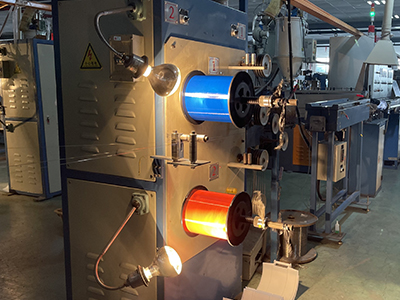
What is the function of the buffer tube in the optical cable?
In today's world, communication is key. With the increasing demand for faster and more reliable data transfer, optical cables have become a popular choice for transmitting large amounts of data over long distances. However, many people are not aware of the critical role that buffer tubes play in ...Read more -
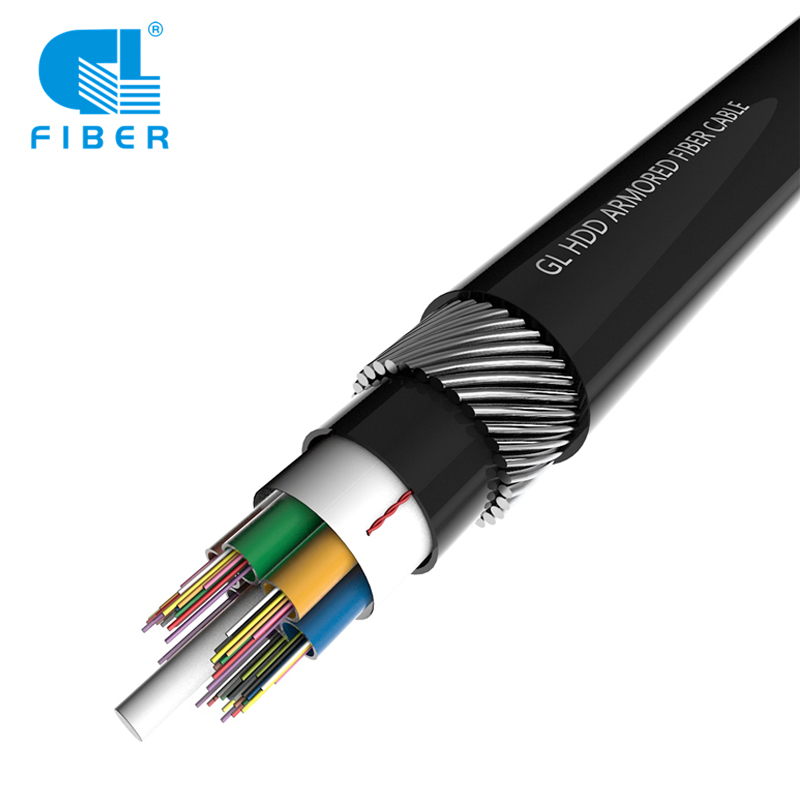
How deep is the fiber cable buried?
As internet connectivity becomes increasingly important, more and more people are relying on fiber optic cables to transmit data. However, many people may wonder how deep these cables are buried and whether they are at risk of being damaged during construction or other activities. According to ex...Read more -
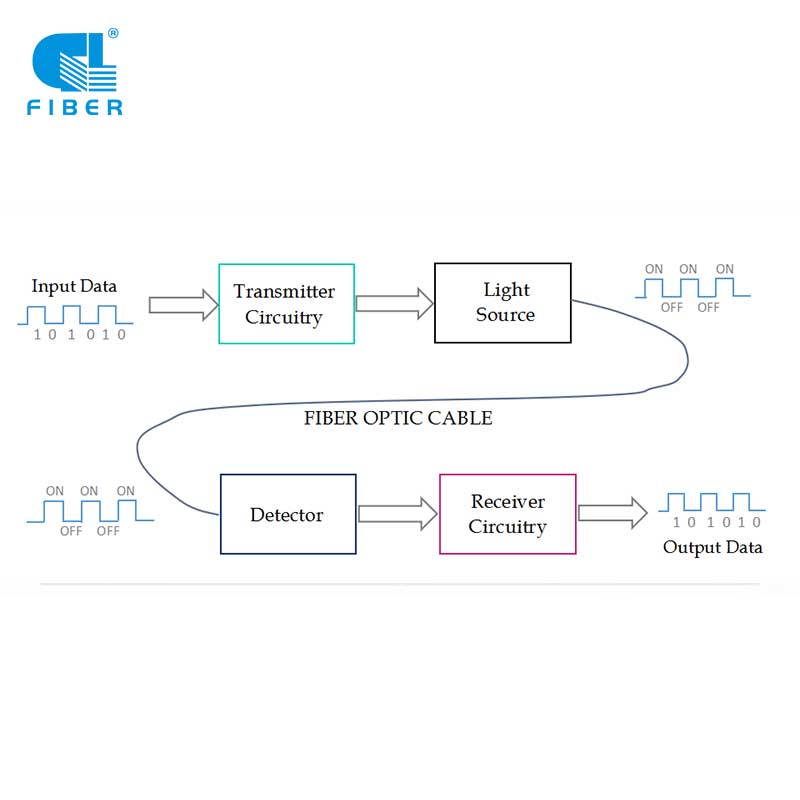
Which of the following problems will cause the loss of the signal?
Radio signals are an essential means of communication for various applications, such as broadcasting, emergency services, and navigation. However, signal loss can occur due to various factors, resulting in poor reception or no signal at all. Some common problems that could be affecting your radio...Read more -
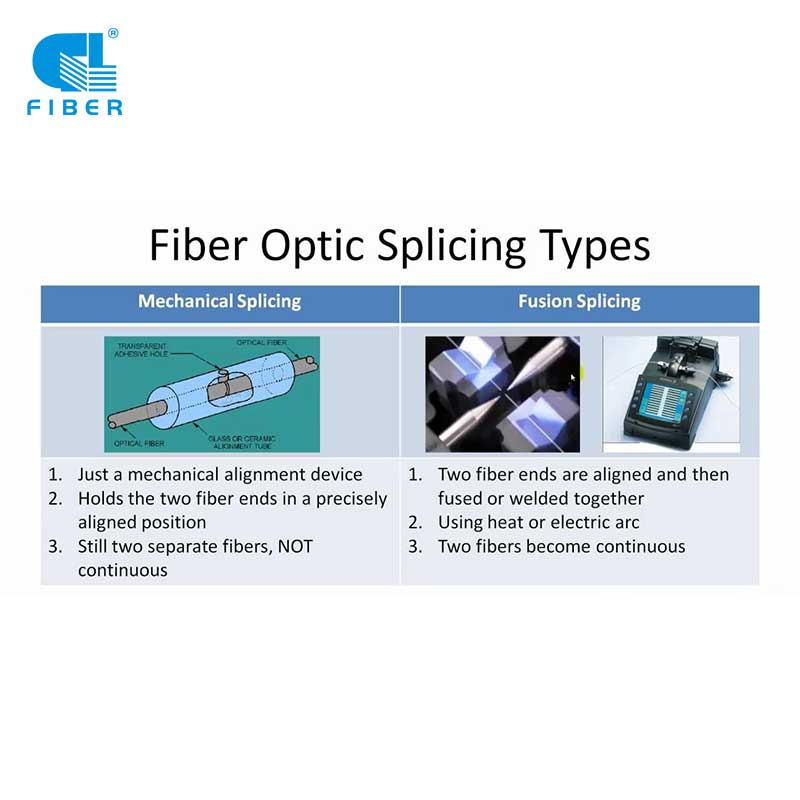
How are fiber optic cables spliced together?
In the world of telecommunications, fiber optic cables have become the gold standard for high-speed data transmission. These cables are made of thin strands of glass or plastic fibers that are bundled together to create a data highway that can transmit vast amounts of data over long distances. Ho...Read more -
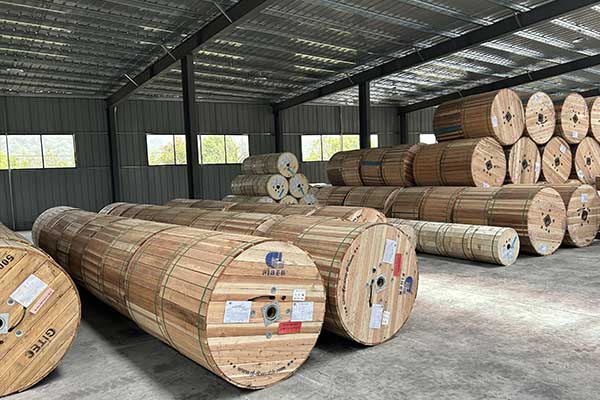
12 Core ADSS Cable Prices
The prices of 12 core All-Dielectric Self-Supporting (ADSS) cables have been fluctuating in 2023 due to supply chain disruptions caused by the ongoing pandemic. ADSS cables are widely used in various industries, including telecommunications, data centers, and utilities. The 12 core ADSS cable, in...Read more -
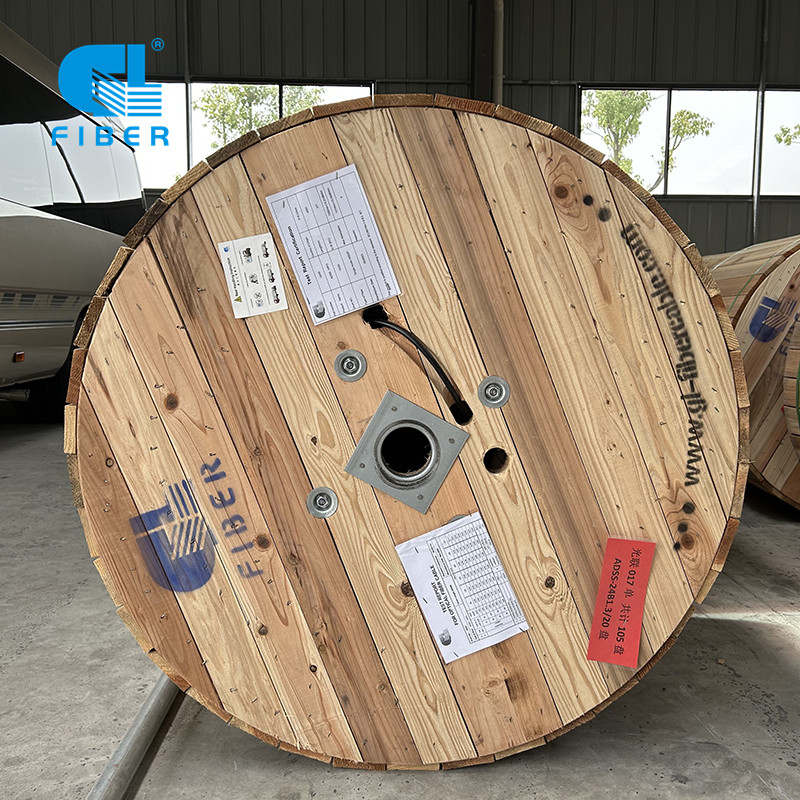
2023 Lastest ADSS Cable Prices
Industry experts predict that the prices of All-Dielectric Self-Supporting (ADSS) cables, a popular type of fiber optic cable, will remain stable in 2023. ADSS cables have become increasingly popular in recent years, particularly in the telecommunications industry, due to their high durability, r...Read more -
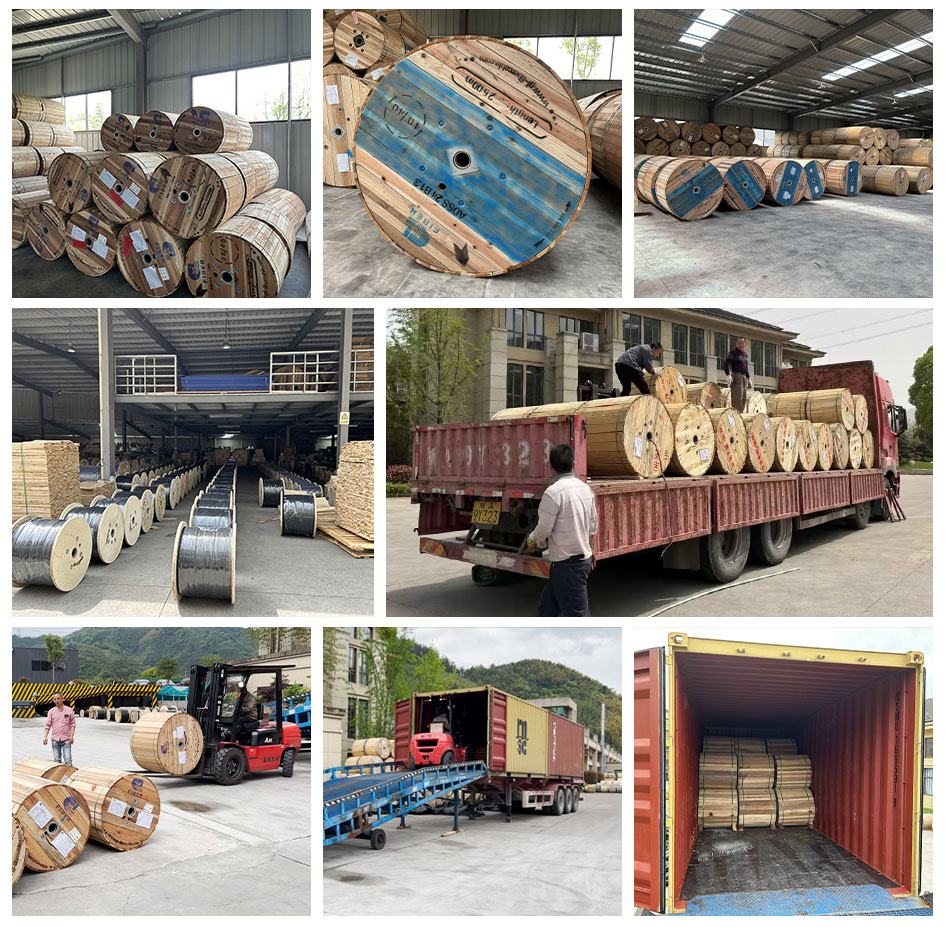
Frequently asked questions on fiber optic cables
Frequently asked questions on fiber optic cables: 1、How much does a fiber drop cable cost? Typically, the price per fiber optic cable ranges from $30 to $1000, depending on the type and quantity of fibers: G657A1/G657A2/G652D/OM2/OM3/OM4/OM5, jacket material PVC/LSZH/PE, length, and Structural d...Read more -
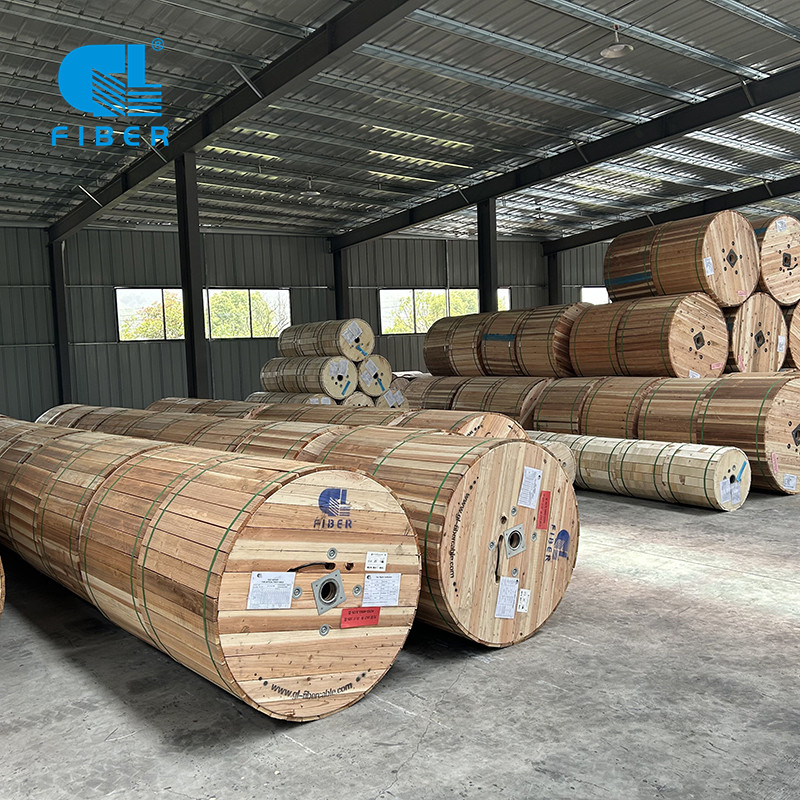
How to choose an ADSS cable?
When choosing an ADSS (All-Dielectric Self-Supporting) cable, there are several factors to consider to ensure that you select the right cable for your specific application. Here are some key considerations: Span length: ADSS cables are designed to be self-supporting, which means they don't requir...Read more -
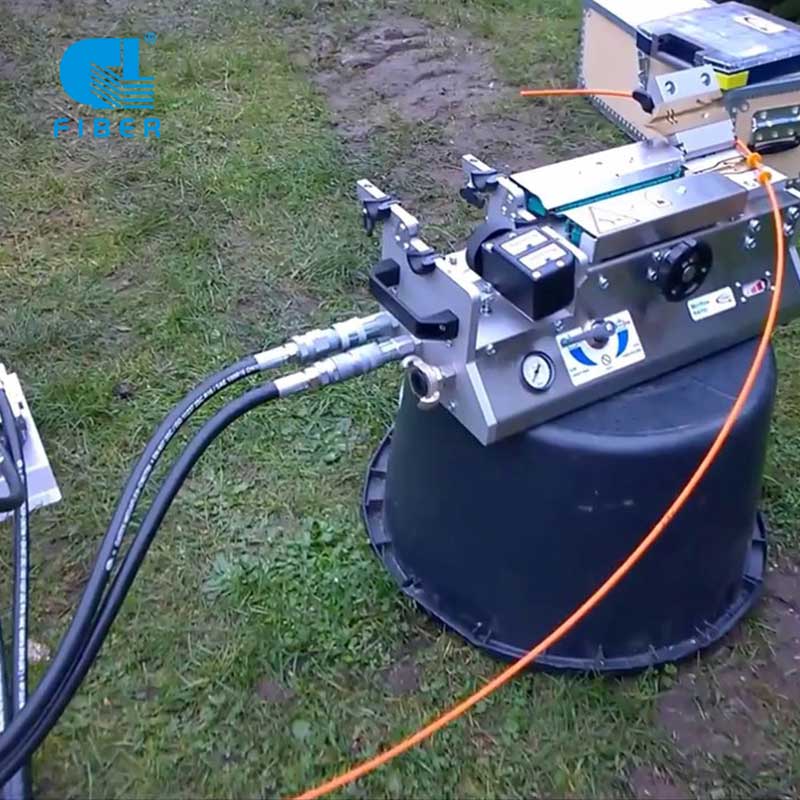
Micro Fiber Optic Cables Key to Advancements in Medical Imaging
Recent advancements in medical imaging have been made possible due to the use of micro fiber optic cables. These tiny cables, thinner than a human hair, have revolutionized the way medical professionals are able to capture images of the human body. Traditional medical imaging techniques, such as ...Read more -
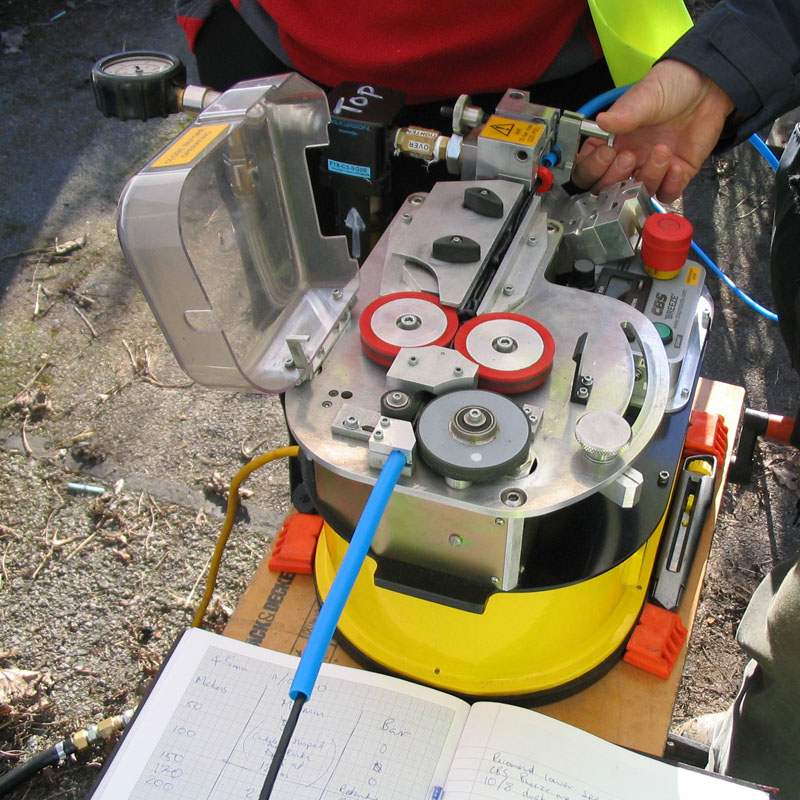
New Micro Fiber Optic Cable Technology Boosts Internet Speeds Tenfold
In recent news, a groundbreaking development in fiber optic cable technology has been announced, promising to revolutionize internet speeds around the world. The new micro fiber optic cable technology has been shown to boost internet speeds by a staggering tenfold, far surpassing the capabilities...Read more -

Demand for Micro Fiber Optic Cables Surges as 5G Networks Expand
As the world transitions to 5G networks, the demand for micro fiber optic cables has surged to unprecedented levels. With its ability to deliver high-speed, low-latency connectivity, 5G technology requires a robust infrastructure that can support its bandwidth-hungry requirements. Micro fiber opt...Read more -
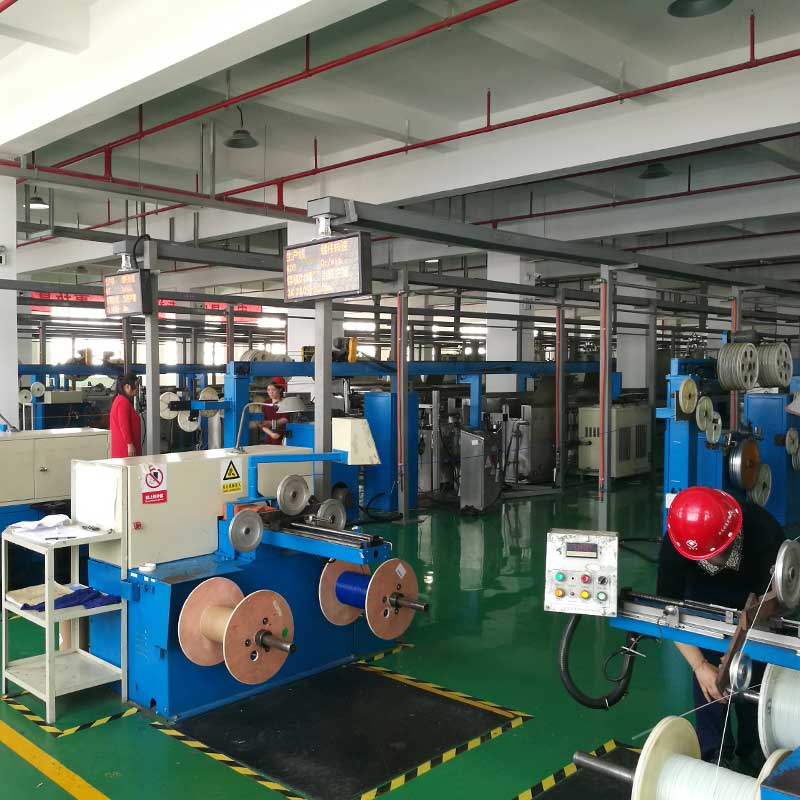
Micro Fiber Optic Cables Revolutionize High-Speed Data Transmission
In a major breakthrough for high-speed data transmission, researchers at a leading technology institute have developed micro fiber optic cables that promise to revolutionize the way we transmit data. These new cables are significantly thinner and lighter than traditional fiber optic cables, makin...Read more
